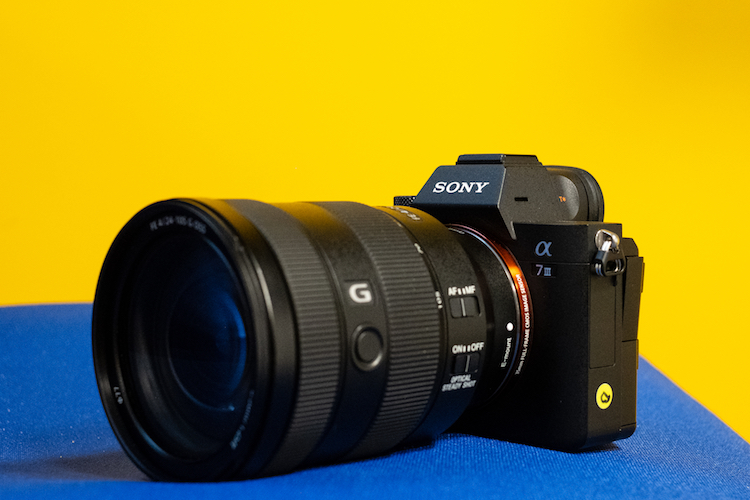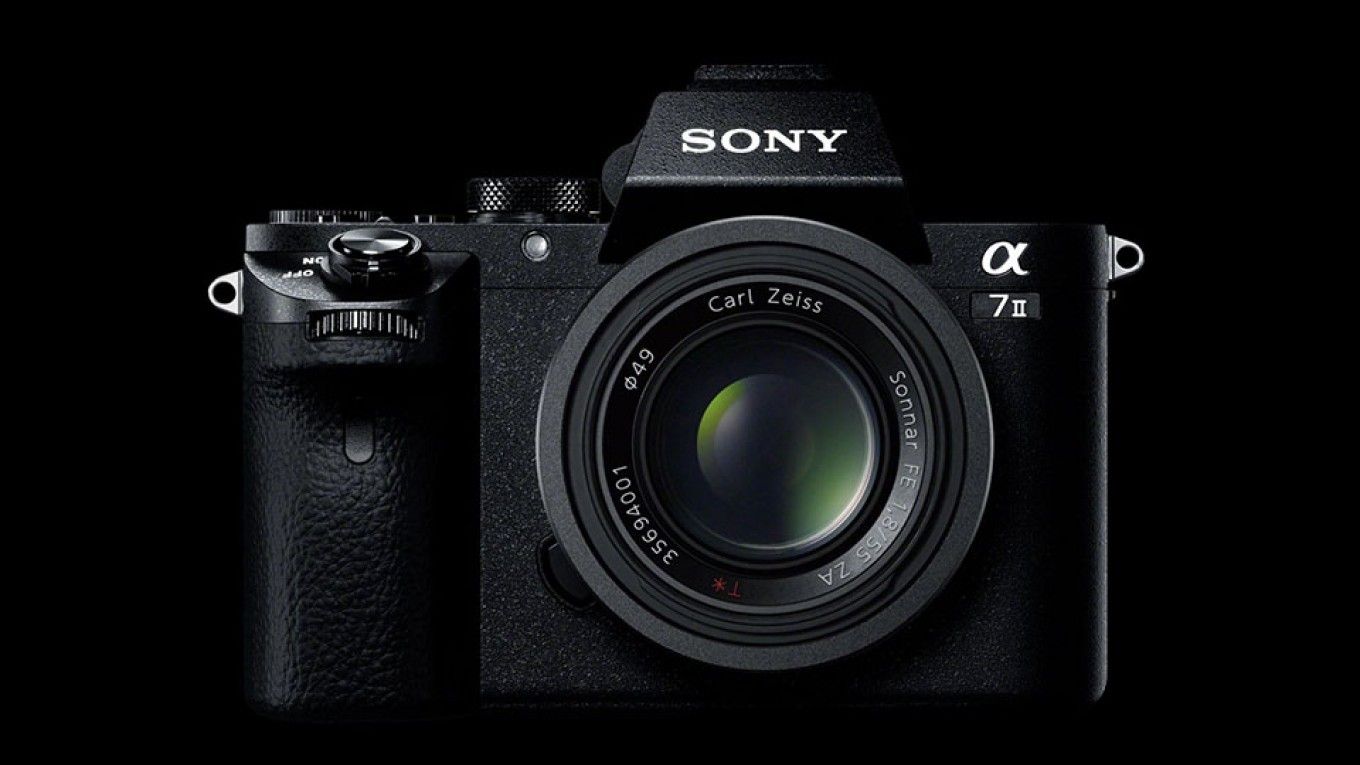

A secondary High Base sensitivity of ISO 4000 excels in low-light scenarios. FX9 features a base sensitivity of ISO 800, providing the optimal dynamic range for applications such as shooting outside or in brightly lit interiors. A secondary High base ISO of 2500 excels in low-light High Dynamic Range capture. VENICE has a base ISO of 500 to provide the optimal dynamic range for applications where on-set lighting is standard.

Dynamic range and color are almost identical and noise is not significantly different. At each ISO there is very little difference in image quality. Dual Base ISO means the camera’s imaging sensor has two distinct sensitivities to light. To help avoid this, the VENICE and FX9 camera’s full frame sensor has what is termed Dual Base ISO. While grain on analog film, like at ASA 400 for example, might be pleasing and enhance the feel of an image, the introduction of digital noise to an image rarely brings a similarly pleasing result. Increase the gain to make an image appear twice as bright and you’re also introducing twice as much noise to the signal, and the image quality is thusly decreased. Adding gain to increase the ISO, or to make the image appear brighter, adds noise and in most cases will reduce the dynamic range that can be recorded. This is because at the base ISO setting, there is no amplification, or gain (voltage), added to the signal coming from the sensor. It’s at this base ISO value you will achieve the optimum balance of low noise, the best signal-to-noise ratio, and almost always, the widest possible dynamic range. A lot bigger.ĭigital imaging sensors perform best when set to their base ISO.

For the next generation of filmmaking cameras, however, manufacturers began to think bigger than Super 35. For stills photography, film travels horizontally through the camera, providing the largest of all the popular image formats for 35-mm film, with a 36-mm by 24-mm frame, using eight perforations on the film for each frame, traditionally called full-frame.Īt the turn of the 21st century, digital cameras with Super 35-size sensors (including Sony’s revolutionary F35) proved good enough to challenge film cameras, and started the digital revolution in Hollywood and across the world. One of them, 3 Perf, uses just three perforations in the film per frame equating to an individual wide-screen frame of 24.89 mm x 14 mm, commonly referred to as Super 35 mm. In traditional movie-making, film travels vertically through the camera, providing a variety of different image formats.

And judging from what I’ve been seeing on social media lately, that seems to be the case.The physical dimensions of a full-frame sensor date back to the early 1900s when 35-mm film emerged as a universal standard for filmmaking and, later, as 135 film for stills photography. The camera trends there often tend to drive each company’s direction and set the tone for trends throughout the rest of the world. While Japan is not the world, Japan is the place that all of the full-frame mirrorless camera manufacturers (besides Leica) call home. And they say that the market has definitely seen a shift away from DSLRs towards mirrorless cameras – a range for which Sony has been expanding quite nicely of late. Although my Japanese is a little rusty (or, non-existent), so, if you know better (or can confirm my guesses), let me know down in the comments.Īlthough Sony has made some great gains over hte competition in the last 18 months, last year still saw an overall shift down in sales of cameras as a whole. That remaining line in bottom place at less than 1% I suspect is Leica. It’s likely that the line which sharply rose in September 2019 and currently sits in second-to-last place, somewhere between 1-2% is Sigma, thanks for the Sigma FP.


 0 kommentar(er)
0 kommentar(er)
